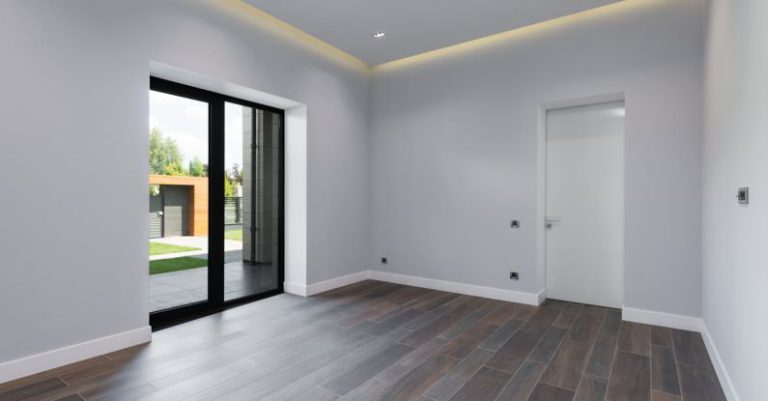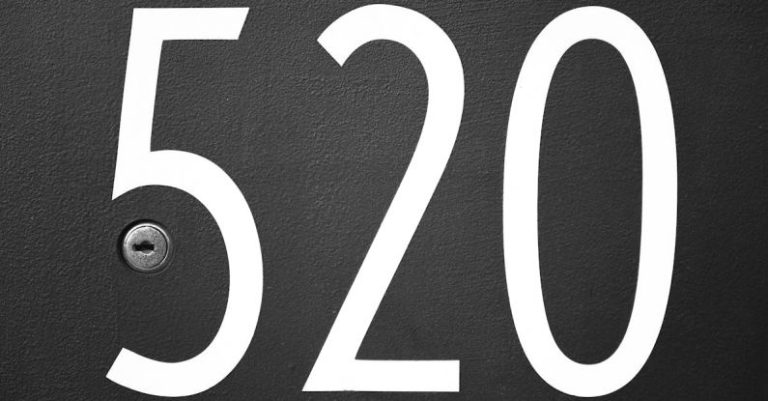What Are the Best Practices for Lock Maintenance

Locks are an essential part of our daily lives, providing security and peace of mind for our homes, businesses, and personal belongings. Ensuring that your locks are well-maintained is crucial to their longevity and effectiveness. By following a few simple best practices for lock maintenance, you can keep your locks in top condition and avoid potential issues down the line.
Understanding the Importance of Lock Maintenance
Locks play a vital role in keeping our valuables and loved ones safe. However, like any mechanical device, locks require regular maintenance to function correctly. Neglecting lock maintenance can lead to malfunctions, jammed keys, and even security breaches. By implementing the best practices for lock maintenance, you can extend the lifespan of your locks and enhance the security of your property.
Regular Inspection and Cleaning
One of the most important best practices for lock maintenance is regular inspection and cleaning. Over time, dust, dirt, and debris can accumulate inside the lock mechanism, causing it to become stiff and difficult to operate. By inspecting your locks periodically and cleaning them with a soft brush and a mild solvent, you can prevent buildup and ensure smooth operation.
Lubrication
Proper lubrication is key to keeping your locks in good working condition. Applying a small amount of graphite or silicone-based lubricant to the keyway and internal components of the lock can help reduce friction and extend the life of the lock. Avoid using oil-based lubricants, as they can attract dirt and debris, leading to potential lock malfunctions.
Key Care
Taking care of your keys is another essential aspect of lock maintenance. Avoid forcing a key into a lock that is not turning smoothly, as this can damage the internal components. If you notice that a key is bent or worn, replace it immediately to prevent it from breaking off inside the lock. Additionally, consider having spare keys made to avoid getting locked out in case of a lost or broken key.
Adjusting and Aligning
Over time, locks can become misaligned due to frequent use or changes in temperature. If you notice that your lock is not latching properly or the key is difficult to turn, it may be time to adjust or realign the lock mechanism. This can often be done by tightening loose screws or adjusting the strike plate to ensure a proper fit.
Professional Maintenance
While regular maintenance can help keep your locks in good condition, it is also essential to have your locks professionally serviced from time to time. A locksmith can inspect your locks for any signs of wear or damage and make necessary repairs to ensure optimal performance. Investing in professional maintenance can help prevent costly repairs and security issues in the long run.
Enhancing Security Measures
In addition to regular maintenance, consider enhancing the security of your property by upgrading your locks to high-security options. Features such as anti-drill pins, pick-resistant cylinders, and bump-proof designs can provide an extra layer of protection against unauthorized entry. Consult with a locksmith to determine the best security options for your specific needs.
Conclusion
Maintaining your locks is essential for ensuring the safety and security of your property. By following the best practices for lock maintenance, you can prolong the lifespan of your locks, prevent malfunctions, and enhance the overall security of your home or business. Regular inspection, cleaning, lubrication, key care, adjusting, and professional maintenance are key components of effective lock maintenance. Remember that a well-maintained lock is a reliable lock, providing you with peace of mind and protection for years to come.





